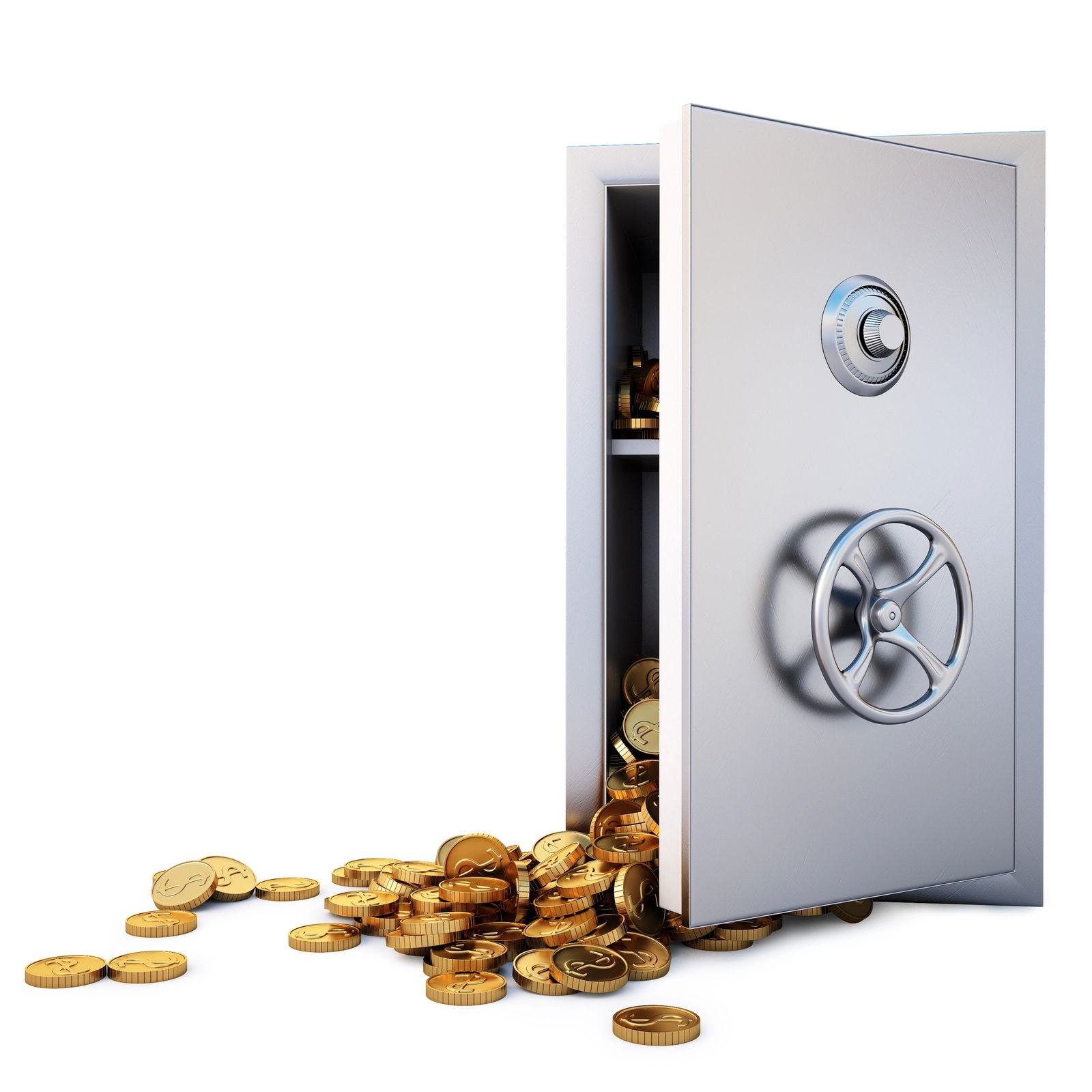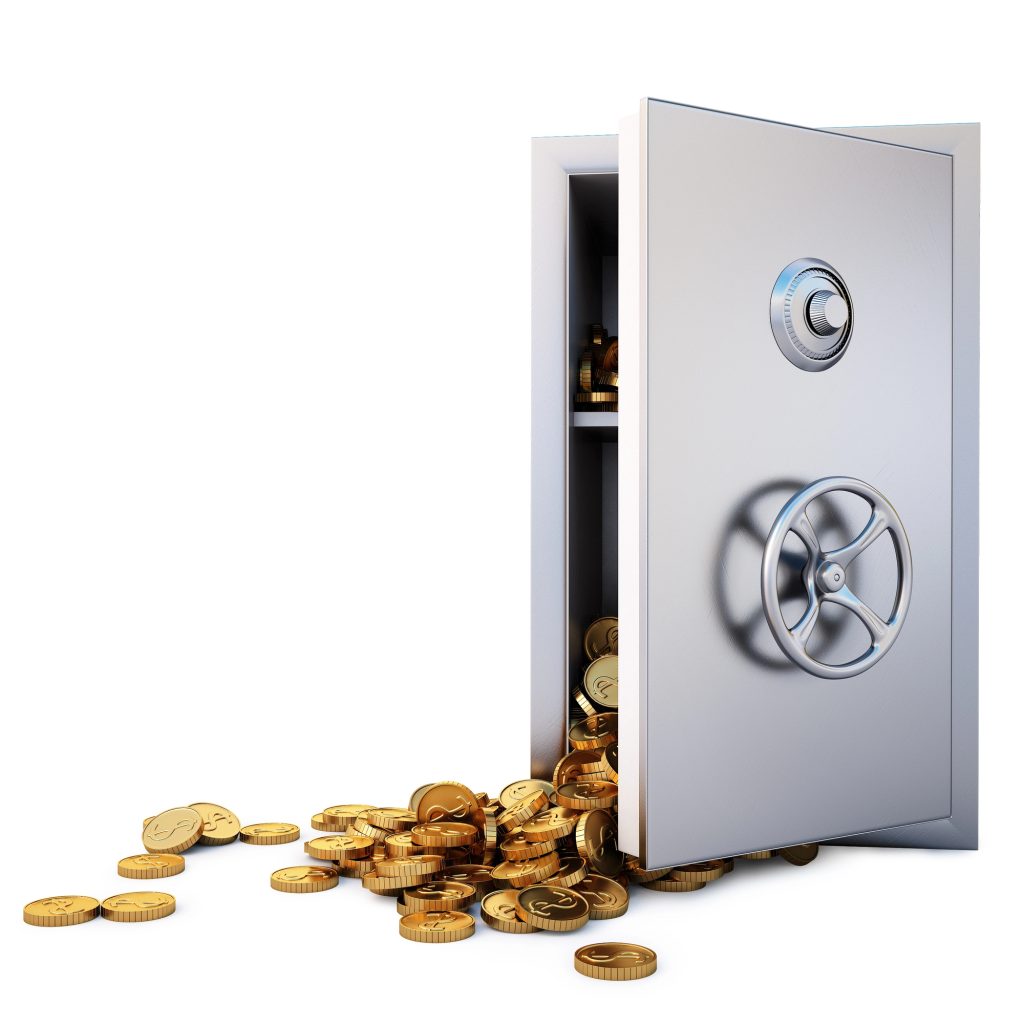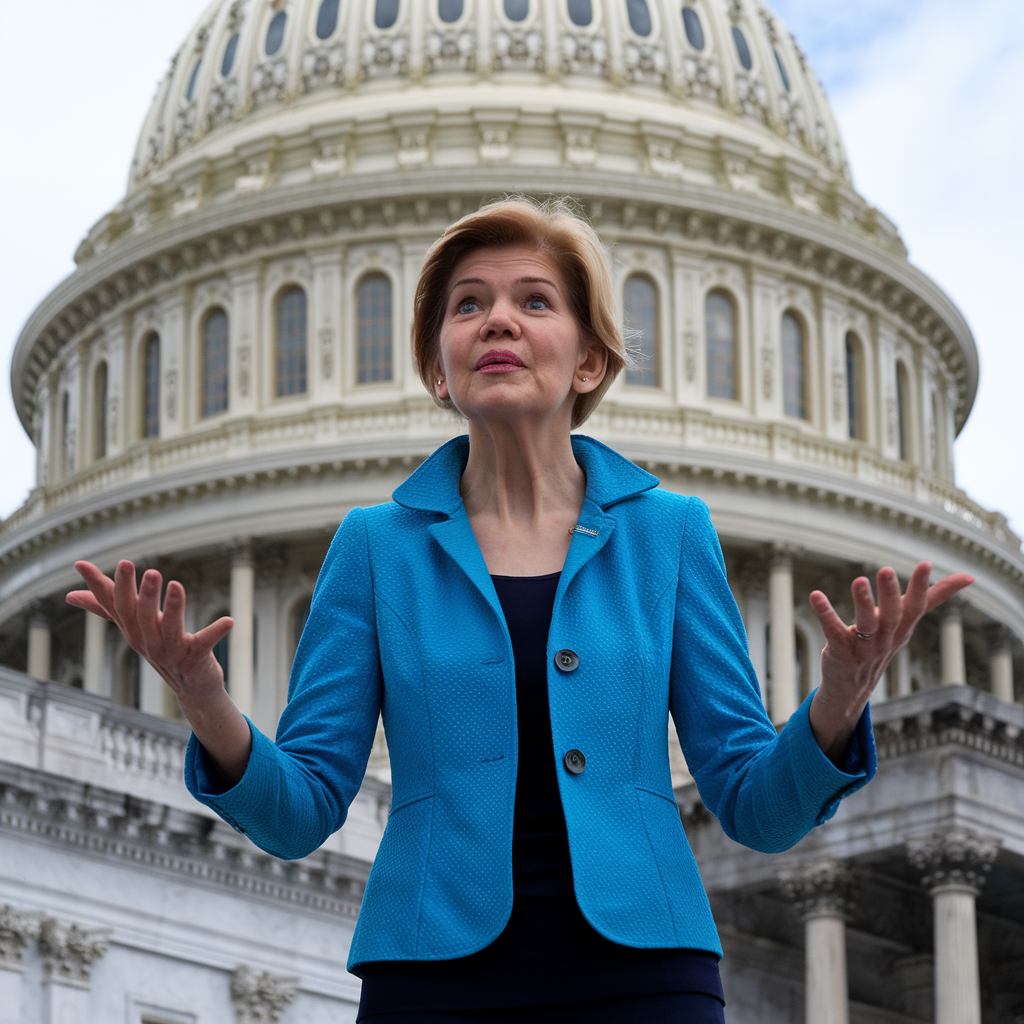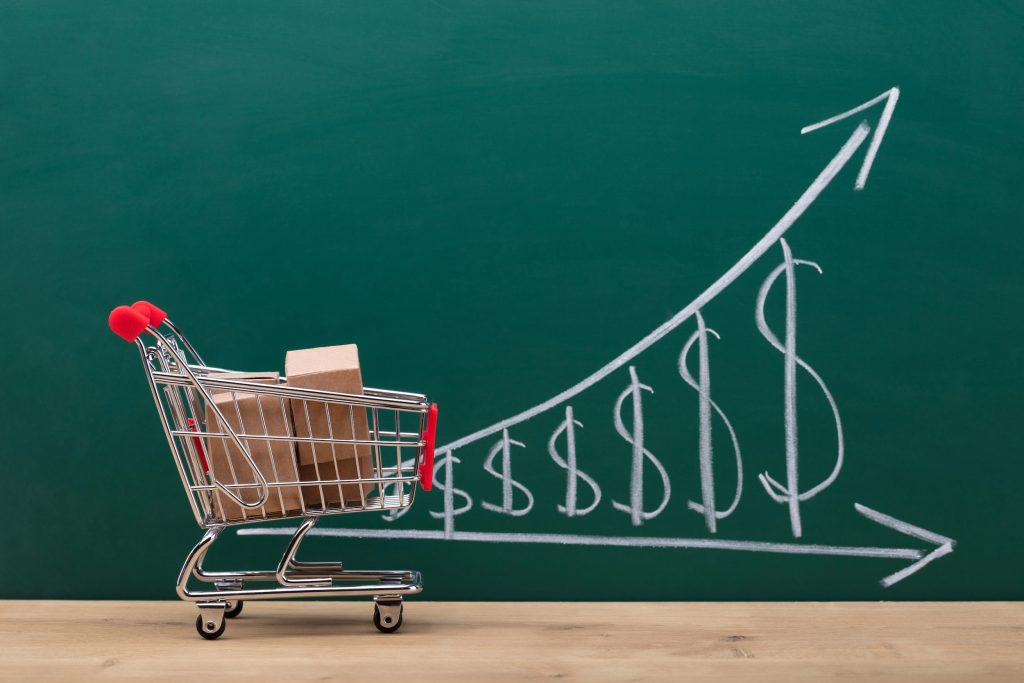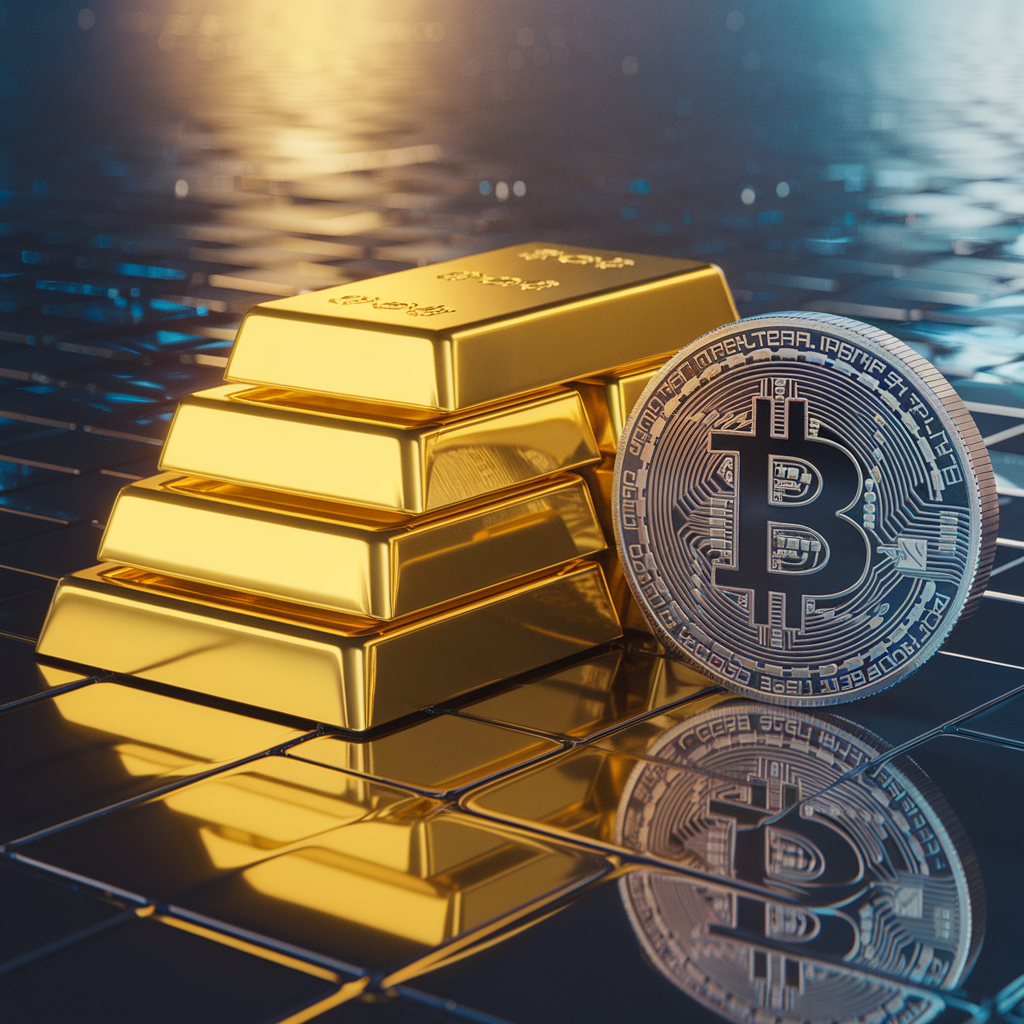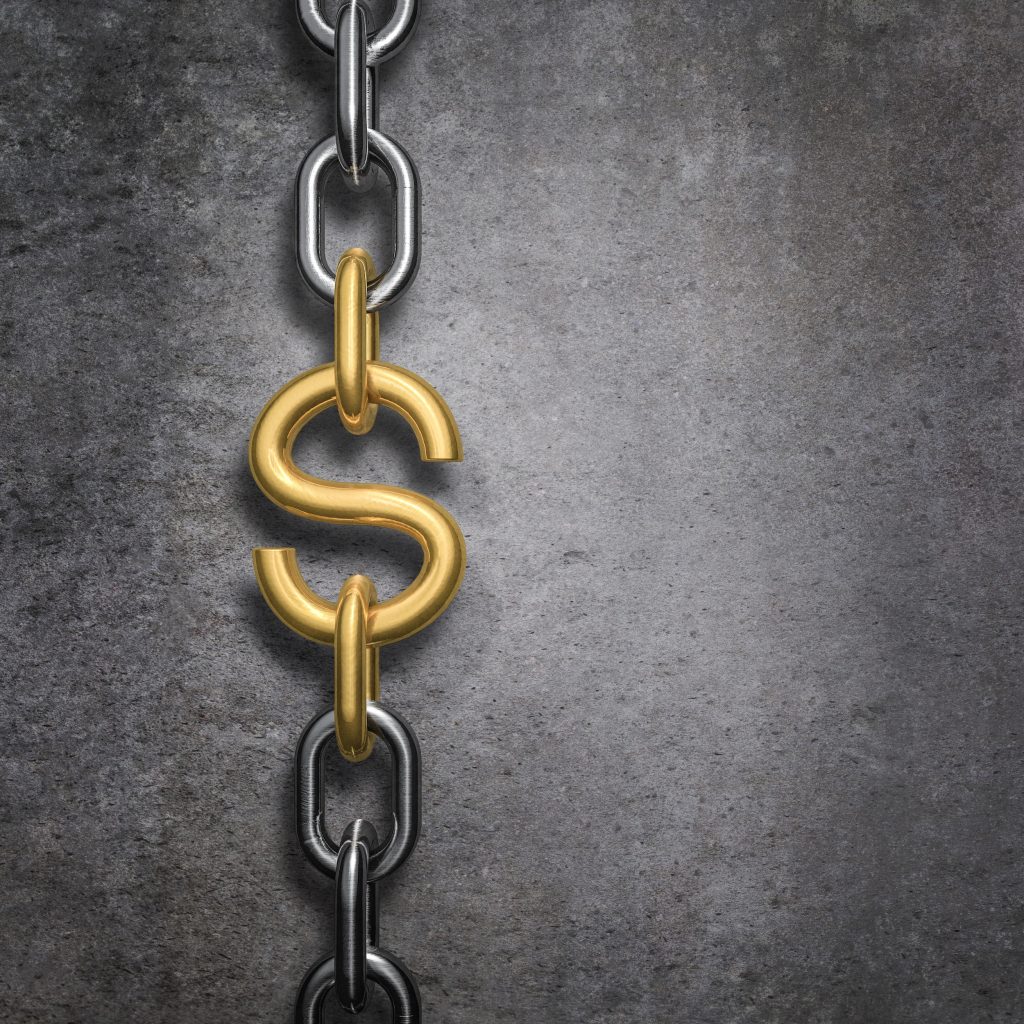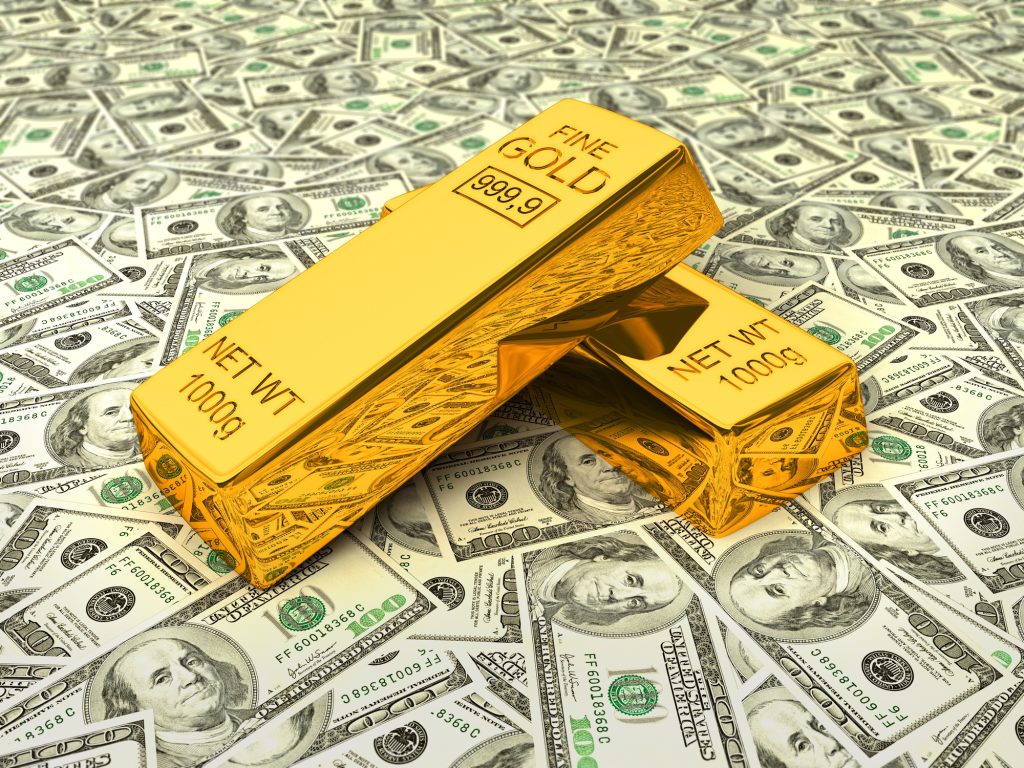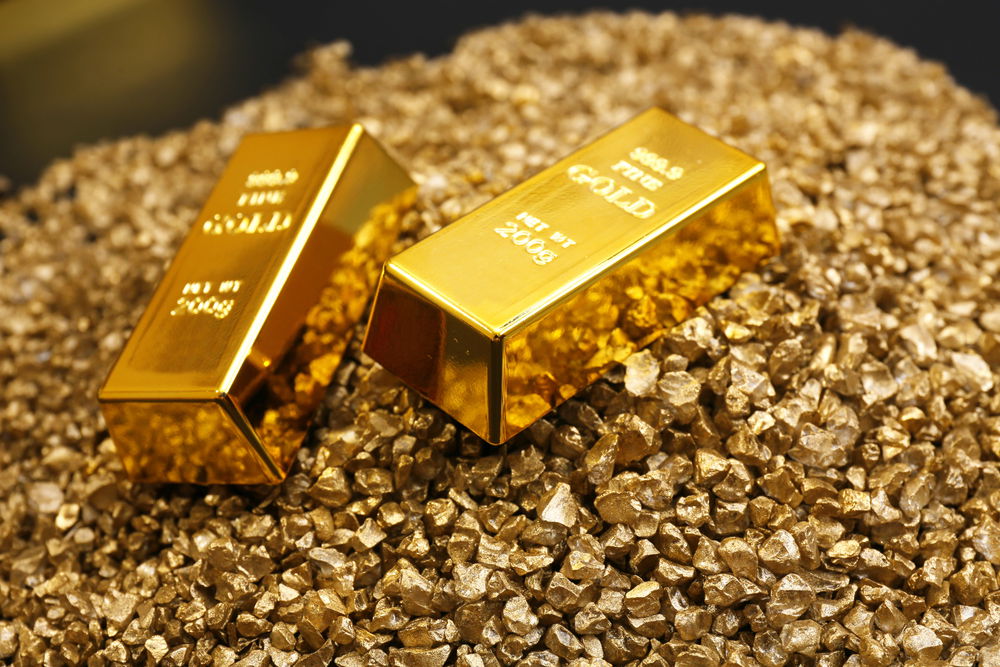In the year 1025, the Byzantine Empire stood at the height of its final golden age.
Basil II had just died, leaving behind a vast and wealthy empire stretching from Southern Italy to Armenia.
At the heart of its economy was the solidus, a gold coin that had served as the bedrock of Mediterranean trade for centuries. Merchants from Venice to Baghdad had so much confidence in its purity that the solidus became the primary currency for international trade as far away as China.
And this ‘reserve currency’ status allowed Byzantium to project economic power far beyond its borders.
But as the empire declined, so did its currency. Successors debased the solidus to cover military costs, mixing in copper and silver until it was barely recognizable.
By the late 11th century, merchants could no longer rely on the Byzantine government to maintain the purity of the solidus… so traders turned to a new, up-and-coming alternative: the Venetian ducat.
This pattern has repeated itself for thousands of years: reserve currencies come and go, and are eventually displaced by another.
Before the solidus, Rome had set the standard with its denarius, but centuries of inflation and political collapse led to its demise.
After Venice, the Spanish real de ocho became the world’s preferred trade currency, thanks to galleons loaded with New World silver. When Spanish power faded, the Dutch guilder took over, only to be replaced by the British pound sterling, which reigned until two world wars left Britain financially exhausted.
Even the US dollar, during its first two and a half decades as the global reserve currency, was based on gold, until in 1971, the dollar was removed from the gold standard.
The whole concept of fiat currency (i.e. paper currency which relies entirely on trust and confidence of the issuing government) holding coveted reserve status is a new phenomenon.
That means trusting the largest debtor in the history of the world, trusting the US financial system, abiding by the US government’s regulations, and dealing with the whims of their central bank—despite its mismanagement, soaring debt, and reckless policies.
So much can go wrong. And at some point in the future—whether years or decades from now—the US dollar will lose its status as the world’s reserve currency.
No currency has ever held that title forever, and it’s naive to assume the dollar will be the exception.
When that moment comes, future historians will look back in astonishment, wondering how it lasted as long as it did. Because a system built entirely on trust can only survive as long as that trust remains.
And for most of this century, the US government has proven time and again that it cannot be trusted.
We explore this topic in depth in today’s podcast, and discuss how and why gold will be the beneficiary of the dollar’s loss.
We also discuss:
- The short term “wins” possible by using tariffs as a political tool
- The long term damage to the dollar done by threatening allies
- What could replace the dollar as the global reserve currency
- The benefits of holding physical gold (for individuals and central banks)
- Investments that offer exposure to gold’s upside, without paying all time highs for physical bullion
We also mention a gold company that we are profiling this month for subscribers to our investment research newsletter, The 4th Pillar, which focuses on real asset investments.
And if you’d like to learn more about The 4th Pillar, which we are offering at a discount for a limited time, click here.
You can listen to the podcast here.
